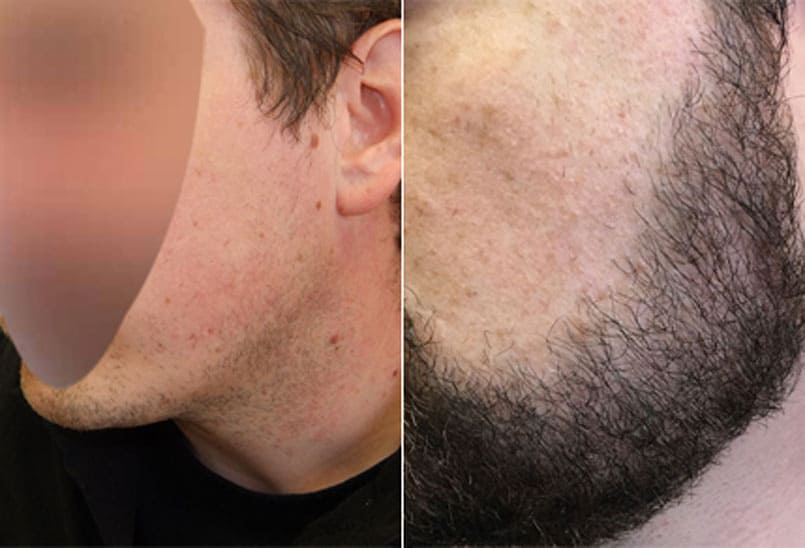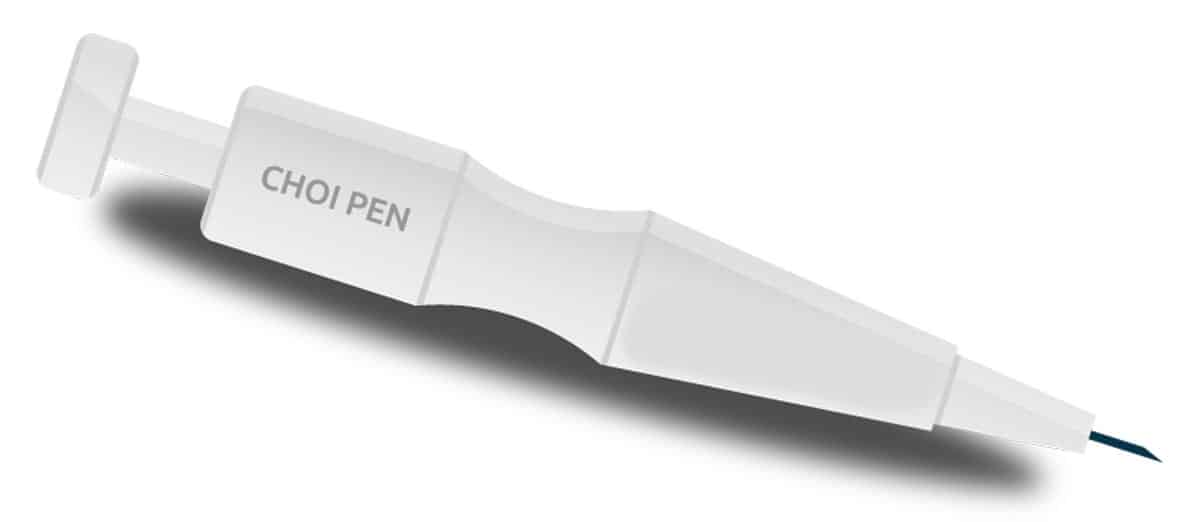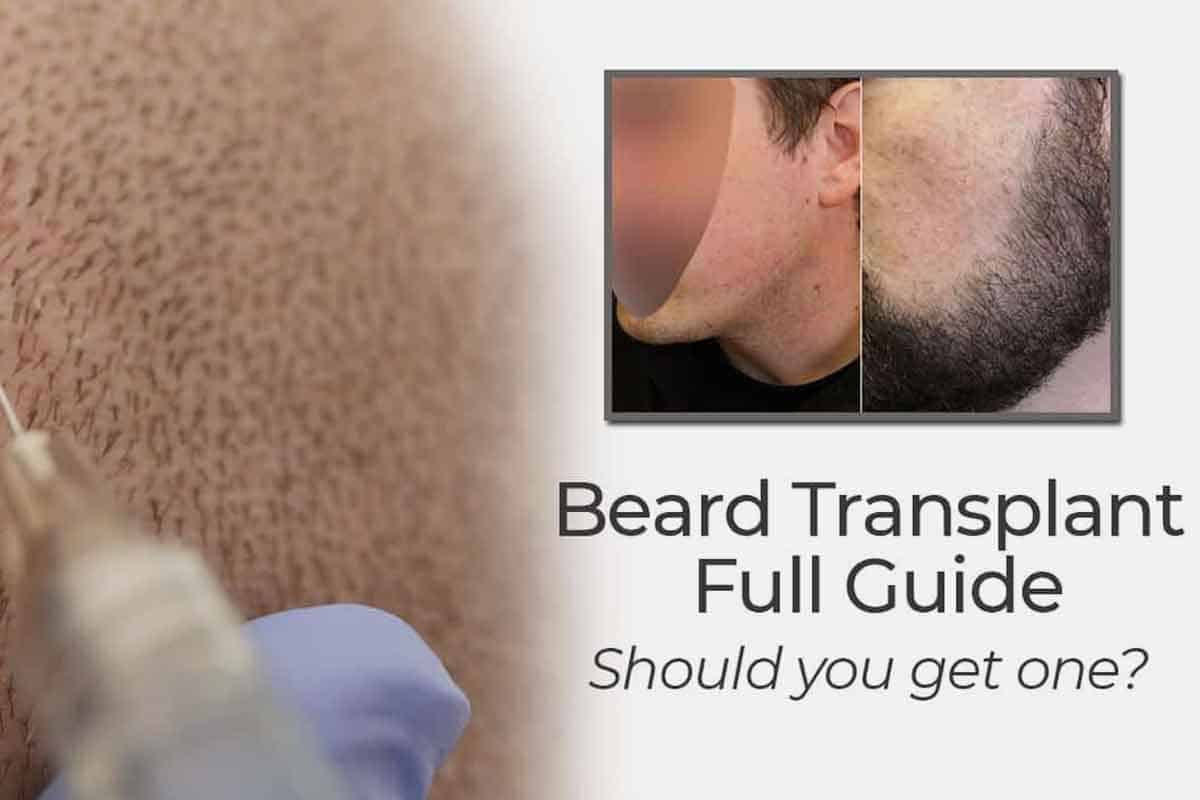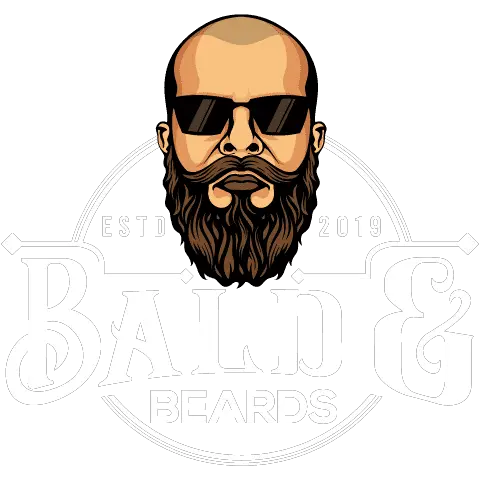Do you have bad facial hair or simply lack good beard growth? If you’ve tried everything, there’s a new hair restoration procedure that can implant facial hair to your face. Really!
A Beard Transplant is an outpatient procedure that takes hair follicles from other parts of your body and grafts them into facial areas where you want hair growth. The restoration process can be done for bald or thin areas on the chin, mustache, sideburns and cheeks.
Beard transplants can implant hair anywhere that you need it, whether you have beard hair loss, want thickness, conceal scars or discoloration. While there are many reasons you’re unable to grow facial hair, these transplant procedures are making it easier to grow a beard with any genetics.
How Do Beard Transplants Work?
Facial hair transplants, AKA Beard Implants, restore hair follicles to patchy spots of your face where you can’t grow hair. Even with thin wispy hairs, you can transplant hair follicles from other areas of your body to grow thicker hair directly where you want it to grow.

While there are many types of hair transplants, there’s a simple procedure for beard hair that uses an “implanter pen” or “Choi implanter pen method.” This decrease the recovery time and removes much of the trauma caused by invasive surgery from other hair transplant procedures.
Beard Transplantation Explained
From your cheeks to chin hair to sideburns, facial hair doesn’t have to be a mystery anymore, and if you’ve tried everything such as hair growth shampoos or even hair growth vitamins, then you know how tempting it is to find a highly successful way to gain a thick beard.
There are two main approaches to hair transplantation:
Follicular unit extraction (FUE)
This procedure harvests complete follicle cells one at a time from a donor area. FUE isn’t as painful and more streamlined. The Choi implanter pen technique uses the FUE method.
Follicular unit transplantation (FUT)
In this approach, the surgeon removes a small strip of tissue from the back of your head and then takes the follicles from this tissue to transplant facial hair.
Transplant Process
1. Consult with a Doctor
All hair transplants start with a doctor consultation to see if you’re a good candidate. This is where a hair transplant surgeon looks at your facial hairline and provides you with answers to questions and drawing in where individual hairs will be placed for your new beard.

You’ll also learn about donor areas, which is where hair follicles are taken from so they can be implanted into your chin, upper lip, cheeks, or wherever you want to grow facial hair.
2. Anesthesia and Donor Grafts
The implanter pen method differs greatly from old school hair follicle grafts that may be very invasive and damaging to your body.
The surgery starts with local anesthesia typically injected with a needle. Then, a mini micro extractor device is used to take grafts from the donor area. These hair follicles are gently transferred to the hollow end of an implanter pen, which resembles a needle.
3. Receiving Implants
The implanter pen is then loaded with the follicle for transplantation. The doctor moves the pen over the spot of missing facial hair discussed earlier and begins to fill in the areas of your beard with implants.
Beard Implanter Pen
Implanter pens make it rather simple to fill in your patchy beard spots with new hair follicles.

Follicles are implanted one at a time. Most doctors have a full medical team removing the follicles and implanting them into various parts of your jawline, cheeks, chin, and upper lip to create your new beard.
Some implanter pens are made to fit more than a single follicle, including double and triple hair follicle pens.
4. Recovery Time
This process is the most streamlined of all current hair transplant procedures, but incisions are still made to remove hair follicles. Typically, the recovery time is still about 1 to 2 weeks before you’re able to go back to work and resume normal activities.
Healing takes a little longer, but because of the microneedles used, the scars are small and less visible.
Facial Hair Transplants Cost
A typical beard transplant can cost between $8,000 and $20,000, depending on the size of your bald patches and the amount of hair you want to transplant. If you’re looking for a partial facial hair transplant just to fill in areas, it may cost less depending on the number of grafts you pay for.
FUE procedures, which include the implanter pen technique, cost between $4,000 and $7,000, while full FUT grafts are more expensive.
When looking for a facial hair transplant surgeon, always look at their before and after photos and talk to clients if possible about their experience. You should also note whether the doctor performs FUE or FUT surgeries, as the recovery and pain with FUT is greater than FUE.
Can Anyone Get a Beard Transplant?
Most hair follicles come from the back of the head or back area, so it’s important to have healthy follicles that are producing hair. Your surgeon will likely examine multiple donor areas to find the one that’s most promising for the transplant to be successful.
Additionally, beard transplants are quite expensive and are considered a cosmetic surgery that isn’t covered by insurance. However, many doctors set up payment plans or offer financial assistance to help you pay for the procedure.
Side Effects and Risks
There are always risks to any surgery. Hair transplantation can have several risks and potential side effects, including:
- Swelling
- Pain
- Tightness
- Numbness
- Temporary scabbing
- Redness
Additionally, scarring is typical of these procedures, but your new hair will grow to cover up these scars. Otherwise, you can look at an SMP procedure.
Note: It may be difficult to go clean-shaven after a beard transplant because of scarring. Once you’re healed up and new hair growing in, invest in a quality beard oil to prevent dry skin.
How Long Do Beard Transplants Last?
Most hair transplants result in lifelong hair thickness, so you can expect your beard transplant will likely be the same.
However, results may be affected by going against doctor recommendations, such as swimming and exposing your face to direct sunlight while your grafts heal.
All doctors evaluate patients before the surgery to see if their skin will take on new follicles. There isn’t a 100% guarantee that transplantation will last forever, but most patients see long-lasting beard growth for many years.
Beard Transplant Alternatives
Here are the most popular alternatives to beard implant surgery.


